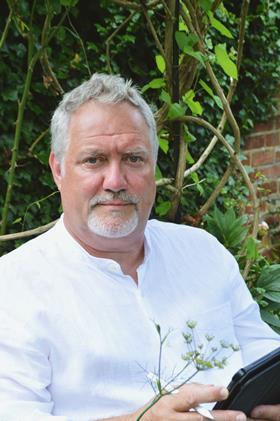Garry Judd at Artful Production Music explains why libraries should look to offer Dolby Atmos music mixes

When I first started on the road to have my studio commissioned as Dolby Atmos, I was thinking of it from my point of view as a composer and it being useful for my film and TV clients.
However, it wasn’t long before I realised that a Dolby Atmos file could also be a very versatile way to distribute production music.
Production music libraries typically distribute stems of each track so the editor/director has extra control over the music they put on their productions. It occurred to me that Dolby Atmos mixes are like a set of stems, pre-mixed with automation which can be edited or disabled as desired.
Soon, my own production music label, Artful Production Music, began to make Atmos mixes of new albums available alongside the usual stereo mix.
A Dolby Atmos file is called an ADM, which is a ‘wrapper’ that can be imported into a project and edited. Individual instruments can be muted and automation changed or disabled if it’s distracting in the context of the production.
An ADM can also be folded down into various other surround formats and stereo/mono using the Dolby Atmos Renderer. Binaural is also an option, so it’s a very versatile format.
However, there are a few downsides and considerations to be aware of. Firstly, these files are big. In these days of fast broadband, that’s not such a problem, and, if it was, a lossless compressed version of an ADM (IMF) can be used instead.
Secondly, it’s important that the music isn’t distracting to the production. To ensure this, the mix should concentrate on the front speakers. The surround and top speakers should be reserved for ambience and subtle placings to give an immersive but not intrusive feel. I generally dial right down any activity in the centre speaker for dialogue and the low frequency effects because of bass management.
Finally, there are a limited number (128) of slots/channels in a Dolby Atmos mix, and you don’t want to take up too much valuable space from the other elements of the mix. So, some planning of using the extra channels is required, which is a balance I’m still figuring out.
That’s my case for Dolby Atmos files as a way of distributing production library music. Most important though, is how it sounds, which is amazing.

Garry Judd is a composer and founder of the Artful Production Music Library


























No comments yet